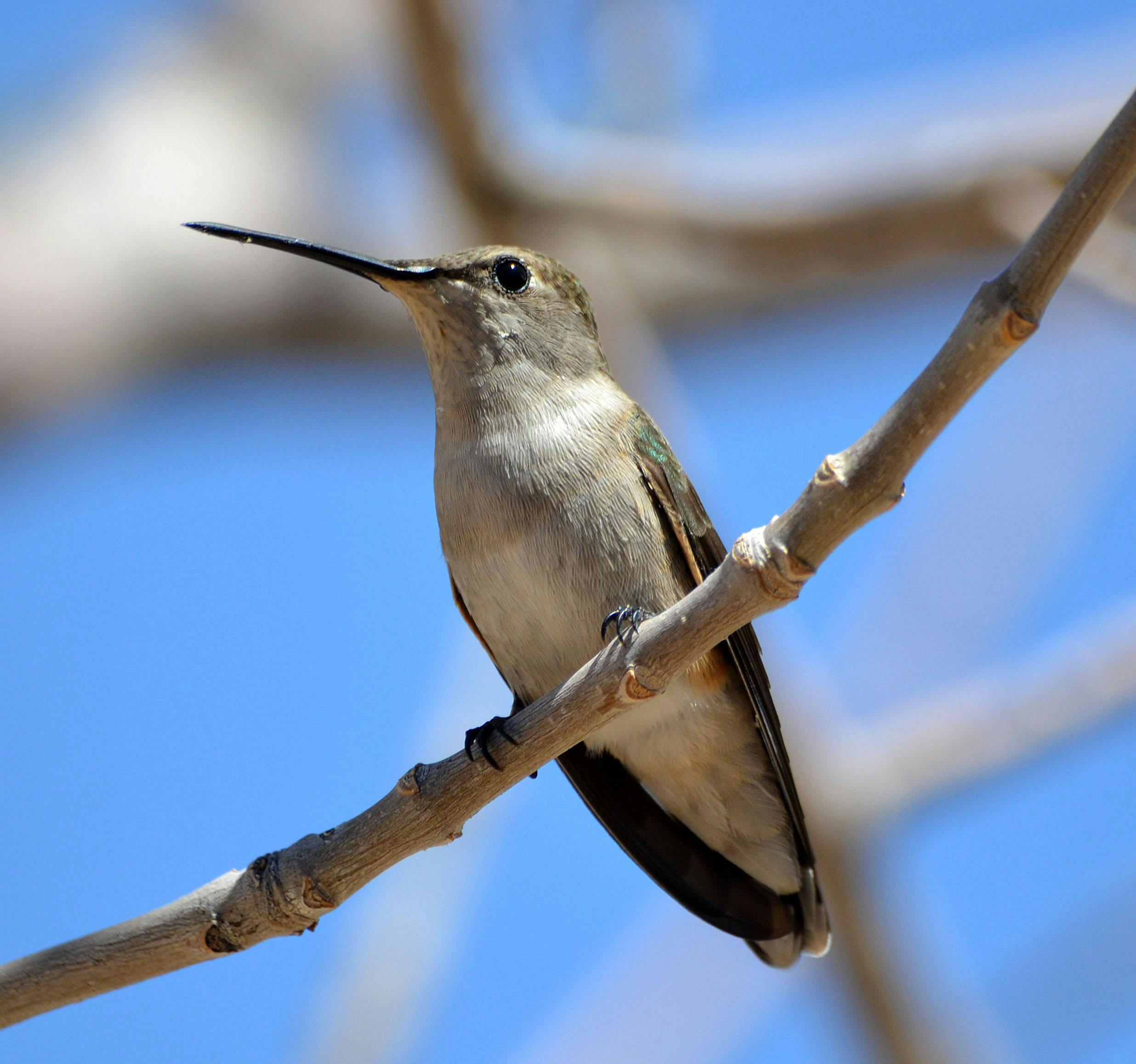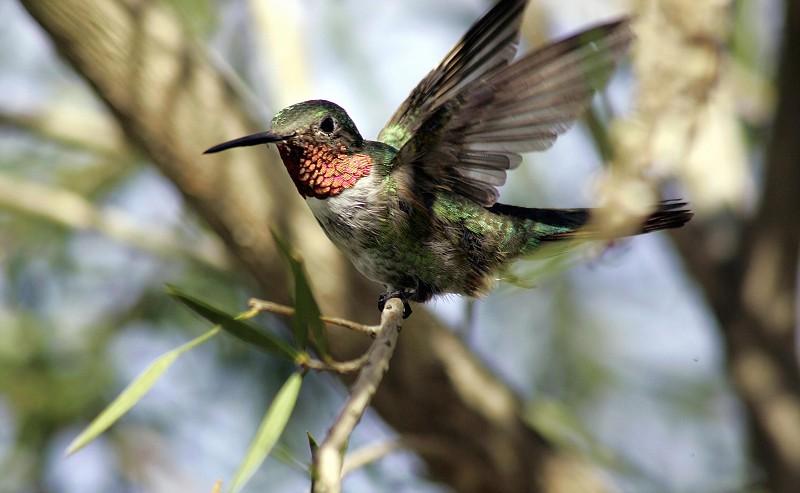Hummingbirds are fascinating creatures known for their small size, vibrant colors, and incredible flying abilities. These tiny birds exhibit remarkable adaptations that allow them to hover in mid-air, fly backwards, and dart swiftly from flower to flower. Despite their agility and delicate appearance, hummingbirds possess a surprising amount of strength and resilience. Let’s explore how much hummingbirds weigh and the factors that influence their weight:
1. Size and Species
The weight of hummingbirds varies depending on their size and species. Hummingbird species range in size from the smallest, the Bee Hummingbird, which is about 2.25 inches (6 cm) long, to larger species like the Giant Hummingbird, which can reach up to 9 inches (23 cm) in length. Here are some key points regarding size and species:
- Smallest Hummingbird: The Bee Hummingbird, found in Cuba, weighs between 0.06 and 0.07 ounces (1.8 to 2 grams), making it the smallest bird species in the world.
- Largest Hummingbird: The Giant Hummingbird, found in the Andes Mountains of South America, can weigh between 0.6 and 0.9 ounces (17 to 25 grams).
- Intermediate Weights: Most hummingbird species fall within the range of 0.1 to 0.3 ounces (3 to 8 grams) in weight.

2. Gender Differences
Gender differences can also influence the weight of hummingbirds. In many bird species, males tend to be slightly larger and heavier than females. However, in hummingbirds, the opposite is often true. Here’s how gender differences affect hummingbird weight:
- Males: In some hummingbird species, males are known to have slightly smaller body sizes and weigh less than females.
- Females: Female hummingbirds are generally larger and heavier than males, which can be attributed to their need for increased energy reserves during breeding and egg production.
- Sexual Dimorphism: The degree of sexual dimorphism, or differences in size between males and females, varies among hummingbird species. In some species, the differences are more pronounced, while in others, the disparity is minimal.
3. Seasonal Weight Variations
Hummingbirds exhibit seasonal weight variations due to environmental factors, migration, and breeding activities. These weight fluctuations are influenced by the following factors:
- Migratory Behavior: During migration, hummingbirds undertake long journeys, often spanning thousands of miles. To prepare for these arduous flights, hummingbirds may increase their body weight by storing extra fat reserves.
- Breeding Season: Female hummingbirds require additional energy reserves for egg production and incubation. They may gain weight prior to breeding to ensure they have enough energy to support their reproductive activities.
- Winter Survival: In colder regions, hummingbirds may enter a state of torpor during the night to conserve energy. Before entering torpor, they may consume larger amounts of food to build up their fat stores and maintain their body temperature during periods of rest.

4. Feeding Habits and Food Availability
The feeding habits and food availability in a hummingbird’s habitat can impact its weight. Here’s how these factors come into play:
- Metabolic Rate: Hummingbirds have incredibly high metabolic rates and need to consume large amounts of food to sustain their energy levels. Their weight can fluctuate based on the availability of food resources in their environment.
- Feeding Efficiency: Hummingbirds have specialized beaks and tongues that allow them to extract nectar from flowers. However, some species are more efficient at foraging and may have better access to high-quality food sources, resulting in potential variations in weight.
- Seasonal Food Availability: The availability of nectar-rich flowers and other food sources can vary throughout the year. During periods of abundance, hummingbirds may consume more and gain weight, while during leaner times, their weight may decrease.
- Competition: Hummingbirds are known to be fiercely competitive when it comes to defending their feeding territories. In areas with high competition for food, hummingbirds may need to expend more energy and consume more food, potentially affecting their weight.
5. Individual Variations
Just like humans, hummingbirds exhibit individual variations in their weight. These variations can be influenced by factors such as genetics, age, health, and overall body condition. Here are some key points to consider:
- Genetics: Different hummingbird species have genetic predispositions that determine their average size and weight. Within a species, individual genetic variations can also contribute to differences in weight.
- Age: Young hummingbirds may weigh less than adult birds as they are still growing and developing. As they mature, their weight may increase.
- Health: Hummingbirds in good health are likely to maintain an optimal weight. Illness, injury, or parasites can affect their weight negatively.
- Body Condition: Hummingbirds with better body condition, characterized by good muscle mass and fat stores, are more likely to have a healthier weight.

Conclusion
Hummingbirds exhibit a wide range of weights, influenced by size, species, gender differences, seasonal variations, feeding habits, food availability, and individual factors. Understanding the factors that contribute to hummingbird weight provides valuable insights into their biology and ecology. Despite their small size, these remarkable birds demonstrate remarkable strength and endurance as they navigate their environments and undertake incredible feats of migration. The next time you spot a hummingbird, take a moment to appreciate the delicate beauty and hidden strength that lies within these tiny creatures.




